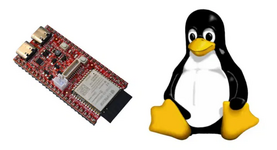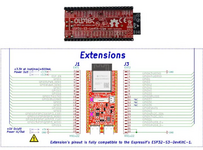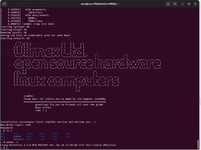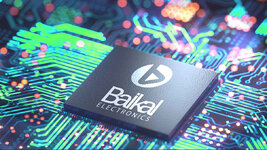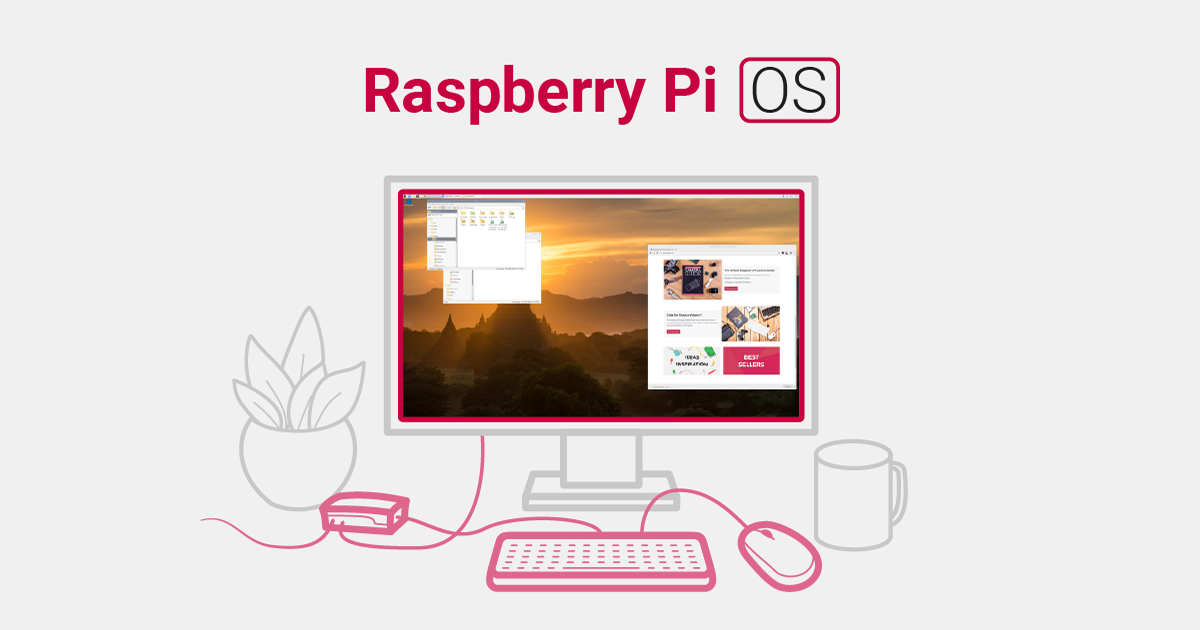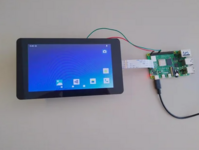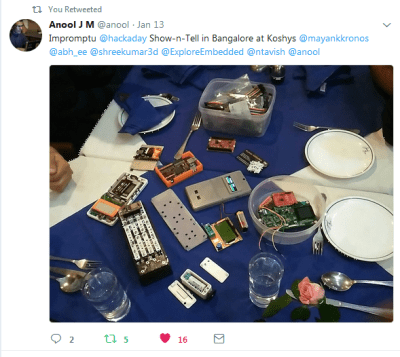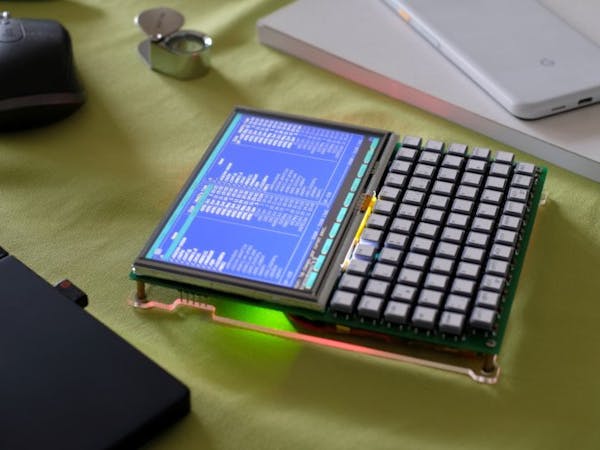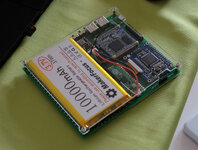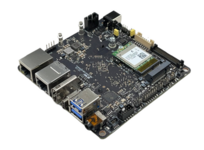Ruski procesor Baikal-S testiran protiv Intel i Huawei čipova, rezultati između...
Ruski dizajner poluprovodnika Baikal Electronics izveo je niz testova kako bi testirao svoj Baikal-S CPU u odnosu na Intel Xeon Gold 6230 i Huawei Kunpeng 920, piše
Tom’s Hardware. Rezultati koje je pokazao njegov čip nisu bili sjajni, ali ni užasni – bio je daleko iza Huawei procesora, ali je u nekim segmentima pobedio Intel mikroprocesor iz 2019.
Mikroprocesor Baikal-S ima 48 Arm Cortex-A75 jezgara zasnovanih na proizvodnom procesu od 16 nm sa osnovnim taktom od 2 GHz, dok njegova turbo frekvencija ide do 2,5 GHz.
S druge strane,
Huawei Kunpeng 920 poseduje 48 TaiShan v110 jezgara sa frekvencijom od 2,6 GHz, ali je on napravljen u novijem, TSMC 7 nm proizvodnom procesu. Čip kompanije Intel iz 2019, odnosno
Intel Xeon Gold 6230 već spada u pomalo zastarelu ponudu, pa ne mora nužno biti direktan rival ruskom poluprovodniku.
Naime, on ima samo 20 jezgara, a osnovna i turbo frekvencija idu od 2,1 GHz do 3,9 GHz. Ipak, to predstavlja značajno poboljšanje u odnosu na prethodno poređenje kompanije Baikal Electronics, kada je koristila još stariji Xeon Gold 6148 za poređenje performansi.
Iznenađujuće je ipak to što je iz testa upoređivanja izostao AMD čip, s obzirom na to da je kompanija ranije tvrdila da je Baikal-S uporediv sa AMD Epic 7351 čipsetom zasnovanim na Zen 1 mikroarhitekturi i 16 jezgara.
Kompanija takođe nije otkrila uslove okruženja i specifikacije sistema za testiranje, pa objavljene rezultate treba uzeti sa dozom rezerve.
Baikal-S – testovi i ocene u odnosu na konkurenciju
Iako je CoreMark merilo daleko od toga da bude sveobuhvatni test za procenu mogućnosti procesora, u tom pogledu je Huawei Kunpeng 920 bio 13 posto brži od Baikal-S čipa u testu sa jednim instrukcijskim nizom. U onom sa više nizova instrukcija, Huawei je takođe pobedio i to ovog puta sa 23 posto razlike, ali je Baikal-S na istom testu “nadmašio”rasturio” Intel Xeon Gold 6230 sa čak 43 procenta prednosti.
Kada je u pitanju Stream benchmark i merenje memorijskog protoka podataka, takođe su ostali nepoznati brzina ili kapacitet DIMM modula koje je ruska firma koristila tokom testova, iako je objavljen podatak o broju podržanih memorijskih kanala u procesoru. Uprkos tome, Baikal-S je pokazao 34 posto veći propusni opseg od Intel Xeon Gold čipa. Isto tako, ostao je u senci Kunpeng 920 procesora koji je u odnosu na njega pokazao 33 odsto bolji rezultat.
Test za rangiranje top 500 liste superkompjutera odnosno Linkpack benchmark koji je korišćen u odmeravanju snaga je verzija 2.3 Linpack. Intel je ovde pokazao najbolji učinak ostavljajući iza sebe ruski procesor za 140 procenata, a kineski za 160 odsto. Baikal-S je ovde u odnosu na Kunpeng 920 ostvario malu pobedu sa 8 procenata prednosti.
Što se tiče opterećenja 7-Zip kompresije, Huawei je ponovo nadmašio ruskog suparnika i to 73 procenta. U ovoj metrici pak, kompanija nije merila performanse Intel čipa koji je koristila u ostalim testovima.
Međutim, u radnom opterećenju za 7-Zip dekompresiju ruski čip je nadmašio američkog suparnika sa 67 odsto razlike, dok je kineski konkurent postigao ubedljivih 78 procenata razlike u odnosu na Baikal-S.
Geekbench 5, iako nije najbolji test za upoređivanje procesora, postao je vremenom etalon performansi. Na njemu ruska kompanija nije koristila kineski Huawei procesor, a Intel je ovde oduvao suparnika postigavši 112 posto veće performanse u radu i merenju sa jednim jezgrom. Ipak, kada je u pitanju višejezgarni rezultat, Baikal-S postigao je 80 posto veći rezultat od američkog Xeon Gold 6230. To nije posebno iznenađujuće, s obzirom na to da Intel procesor ima upola manje jezgara u odnosu na Baikal-S.
Sveukupno, prema objavljenim rezultatima, ruska kompanija je i dalje daleko od konkurencije kao što su Huawei, Intel ili AMD. Međutim, imajući u vidu podršku za rad više procesora istovremeno na matičnim pločama koje ruski proizvod pruža, kompanija je optimistična da njegov Baikal-S može da se izjednači sa konkurencijom. Konfiguracija sa dva procesora je navodno spremna, dok je dizajn sa četiri, trenutno u fazi razvoja.
Uz to, tvrde predstavnici kompanije, već su započeli rad na svom 6 nm Baikal-S2 čipu sledeće generacije sa 28 Arm Neoverse-N2 jezgara koji rade na 3 GHz i podržavaju do osam kanala DDR5 memorije. Ovaj čip trebalo bi da bude lansiran sredinom 2025. godine, a ponudio bi navodno povećanje performansi do šest puta u odnosu na svog prethodnika.
